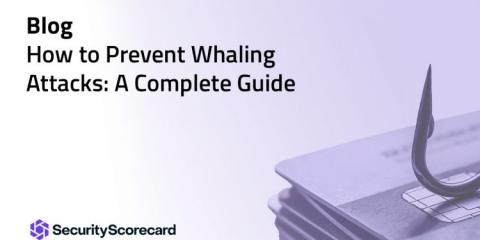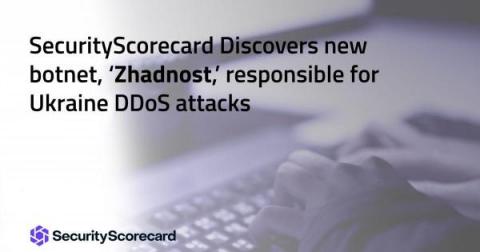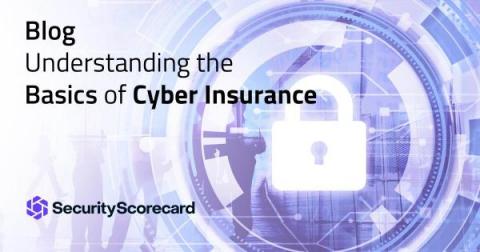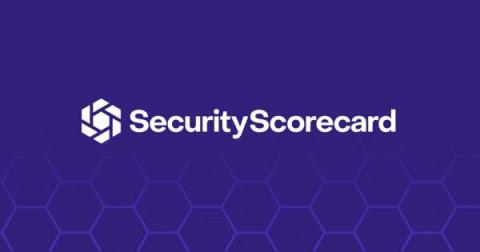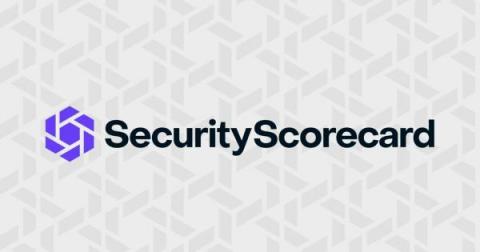How to Prevent Whaling Attacks: A Complete Guide
Senior-level executives handle sensitive data and information daily – making them an enticing target for cybercriminals. One of the most complex schemes to date is the whaling attack, in which hackers impersonate high-ranking employees to gain access to computer systems and networks. Whaling attacks have seen a dramatic 131% increase between Q1 2020 and Q1 2021, costing enterprises around $1.8 billion in damages.


